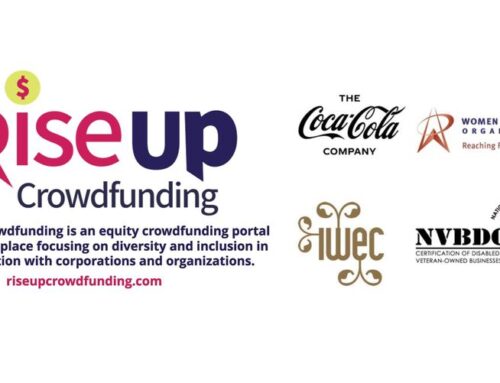TSE Quick Take: Why Women’s Businesses Remain Stubbornly Small
A new report from the SBA Office of Advocacy takes a stab at understanding the reasons why sales and employee numbers at women owned businesses continue to lag those of men.
The Story Exchange By Maria Kleftodimou Smith
The industries women are attracted to and the youth of their ventures are major reasons why women owned businesses remain stubbornly smaller than male-owned businesses, a new report from the U.S. Small Business Administration’s (SBA) Office of Advocacy shows.
The report on women’s business ownership takes a close look at the most recent Census Bureau’s Survey of Business Owners (SBO) — which dates to 2012 but is the most comprehensive data set available on U.S. businesses — and investigates the reasons why there are significant disparities in sales and employment rates generated by male and female entrepreneurs.
Businesses owned by women are an integral and growing part of the U.S, economy. Women-owned businesses made up 36 percent of small businesses in 2012, and these businesses contributed over $1.4 trillion in sales and employed 8.4 million people, the report notes.
Nevertheless, women entrepreneurs continue to lag behind men when it comes to revenue and employment rates. The SBO, which compares women-, male-, and equally-owned businesses throughout the nation, found that women-owned businesses accounted for 15 percent of all employment and 12 percent of all business revenue. Meanwhile, male-owned businesses, which make up 55 percent of small businesses, accounted for 73 percent of employment and 79 percent of sales.
Advocacy’s new report delves further into the SBO data to spotlight some of the key differences in female- and male-owned businesses, including industry focus, firms’ ages and minority communities’ participation in entrepreneurship — all of which, Advocacy says, may help explain disparities between genders.
Perhaps most significantly, many women start businesses in industries like child care that typically hire fewer employees and generate smaller annual revenue. Conversely, women are less likely to own businesses in industries that generate more money and hire larger numbers of employees, such as restaurants and healthcare, researchers found. In fact, 53 percent of women owned businesses operate in the 20 industries that generate the lowest average sales, while 71 percent of male-owned businesses operate in the top 20 industries for sales.
Women’s industry preferences are not the only factors influencing the gap between their earnings and the earnings of male-owned businesses. The study found that even within the same industries women-owned businesses still experienced lower rates of employment and revenue.

